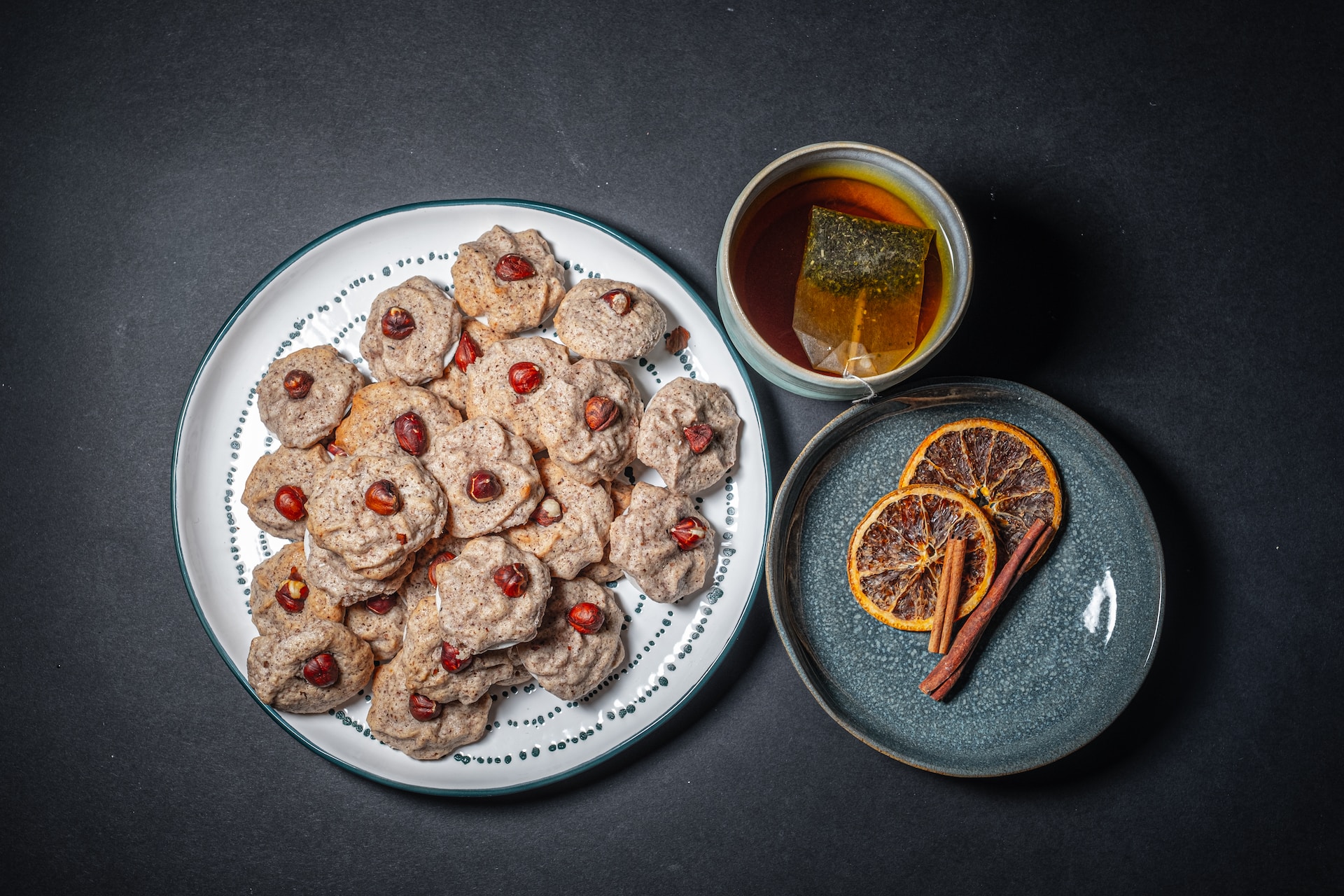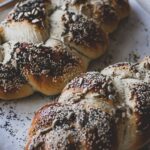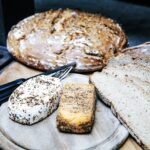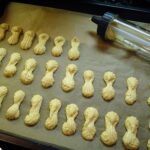
The aroma of freshly baked Haselnussmakronen, or German hazelnut macaroons, is enough to evoke a sense of warmth and nostalgia. These delightful treats, not to be confused with French macarons, are a staple in German baking, particularly during the festive season. Rich in flavor and simple in preparation, Haselnussmakronen embody the essence of traditional German baking. This article will guide you through the history, cultural significance, and a step-by-step recipe to create these delightful cookies, ensuring a taste of Germany right in your kitchen.
A Brief History of Haselnussmakronen
Haselnussmakronen have a storied past, deeply rooted in German tradition. Originating from monasteries in the Middle Ages, these cookies were initially prepared as a way to use up leftover egg whites, with nuts being a common addition due to their abundance. Over the centuries, they evolved into a Christmas tradition, symbolizing the warmth and generosity of the holiday season.
Cultural Significance in Germany
In Germany, Haselnussmakronen are more than just a cookie; they represent a piece of cultural heritage. They are a common sight at Christmas markets (Weihnachtsmärkte), and a staple in the Advent season. German families often gather to bake these treats, passing down recipes through generations, making them a symbol of family and tradition.
Ingredients and Variations
The beauty of Haselnussmakronen lies in their simplicity. The primary ingredients include:
- Ground hazelnuts: The star ingredient, providing a rich, nutty flavor.
- Egg whites: Used to bind the ingredients and create a light, airy texture.
- Sugar: Adds sweetness and helps in forming a crisp exterior.
- Vanilla extract: For an added depth of flavor.
- A pinch of salt: To balance the flavors.
Variations of the recipe might include the addition of cinnamon or lemon zest for a unique twist. Some recipes also call for a chocolate dip or a chocolate base, offering a delightful contrast to the nutty flavor.
Step-by-Step Recipe for Haselnussmakronen
Ingredients:
- 2 cups ground hazelnuts
- 3 large egg whites
- 1 cup granulated sugar
- 1 teaspoon vanilla extract
- A pinch of salt
- Optional: Dark chocolate for dipping
Instructions:
- Preparation: Preheat your oven to 300°F (150°C). Line a baking sheet with parchment paper.
- Beat Egg Whites: In a clean, dry bowl, beat the egg whites with a pinch of salt until stiff peaks form.
- Add Sugar: Gradually add sugar while continuing to beat, until the mixture is glossy.
- Fold in Hazelnuts: Gently fold in the ground hazelnuts and vanilla extract, ensuring not to deflate the egg whites.
- Shaping the Macaroons: Using a spoon or a piping bag, drop small amounts of the mixture onto the prepared baking sheet, forming small mounds.
- Baking: Bake for about 15-20 minutes, or until they are lightly golden and firm to the touch.
- Cooling: Allow the macaroons to cool on the baking sheet for a few minutes before transferring them to a wire rack to cool completely.
- Optional Chocolate Dip: Melt dark chocolate and dip the bottom of the macaroons, then place them on parchment paper to set.
Serving and Storage:
Haselnussmakronen are best enjoyed fresh, but they can be stored in an airtight container for up to two weeks. They make excellent gifts, especially during the holiday season.
Tips for Perfect Haselnussmakronen
- Quality of Ingredients: Use high-quality, fresh ground hazelnuts for the best flavor.
- Egg Whites: Ensure the bowl and beaters are completely clean and dry before beating the egg whites. Any trace of grease can prevent them from reaching stiff peaks.
- Oven Temperature: Keep a close eye on your oven temperature, as baking too long or at too high a temperature can dry out the macaroons.
Nutritional Information
While Haselnussmakronen are a treat, it’s important to be mindful of their nutritional content. They are relatively high in calories and sugar, like most cookies, but they also offer the nutritional benefits of hazelnuts, which are rich in healthy fats, proteins, and vitamins.
Haselnussmakronen are more than just a cookie; they are a festive tradition, a symbol of family, and a delicious treat that brings joy and warmth. Whether you’re an experienced baker or new to the kitchen, making these German hazelnut macaroons is a delightful way to bring a taste of German tradition into your home. Enjoy the process, indulge in the flavors, and perhaps start a new baking tradition with your loved ones.
FAQs
Q: Can I use other nuts instead of hazelnuts? A: Yes, almonds are a common substitute, but hazelnuts offer the authentic flavor.
Q: How do I know when the macaroons are done? A: They should be firm to the touch and lightly golden. Overbaking can dry them out.
Q: Can I make Haselnussmakronen gluten-free? A: Yes, they are naturally gluten-free, as they don’t require flour.
Indulge in the taste of German tradition with Haselnussmakronen and experience the joy of baking these simple yet exquisite treats. Whether for a festive occasion or a cozy afternoon, these hazelnut macaroons are sure to delight.
Related articles:
15 Best German Christmas Recipes
Traditional German Stollen Bread Recipe
Marzipan Potatoes – Marzipankartoffeln
Spekulatius (German Spiced Biscuits)
Springerle History and a Classic Recipe







